At the beginning of the 1913 Mexican Revolution, greedy bandit Juan Miranda and idealist John H. Mallory, an Irish Republican Army explosives expert on the lam from the British, fall […]
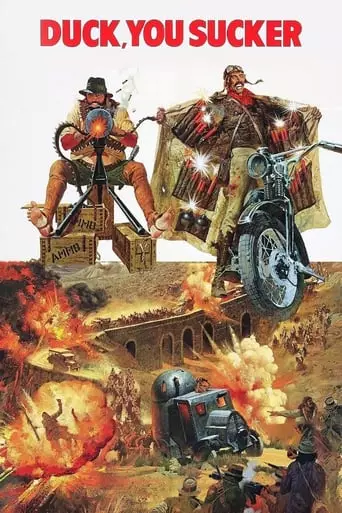
At the beginning of the 1913 Mexican Revolution, greedy bandit Juan Miranda and idealist John H. Mallory, an Irish Republican Army explosives expert on the lam from the British, fall […]
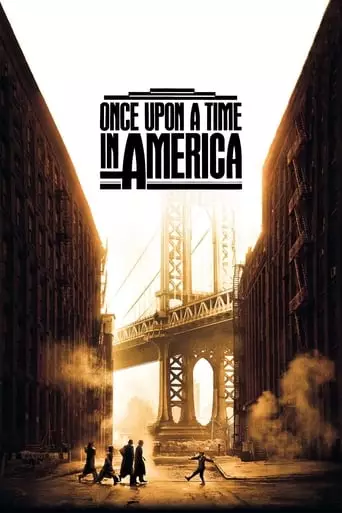
A former Prohibition-era Jewish gangster returns to the Lower East Side of Manhattan over thirty years later, where he once again must confront the ghosts and regrets of his old […]

While the Civil War rages on between the Union and the Confederacy, three men – a quiet loner, a ruthless hitman, and a Mexican bandit – comb the American Southwest […]
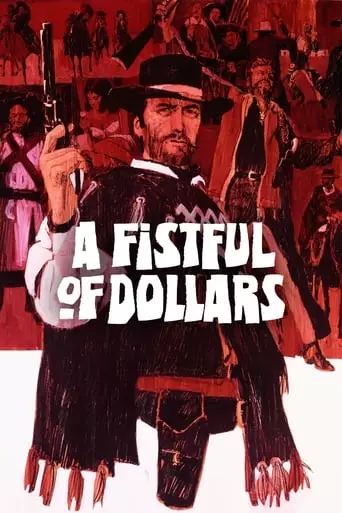
The Man With No Name enters the Mexican village of San Miguel in the midst of a power struggle among the three Rojo brothers and sheriff John Baxter. When a […]
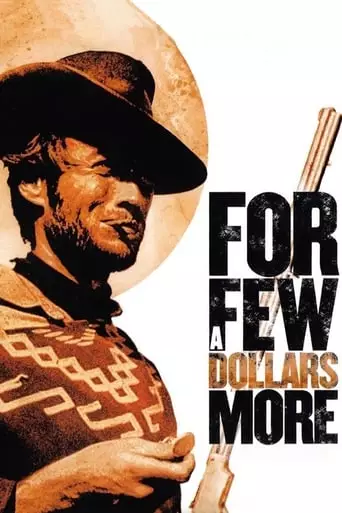
Two bounty hunters are in pursuit of El Indio, one of the most wanted fugitives in the western territories, and his gang. For a Few Dollars More (1965), directed by […]
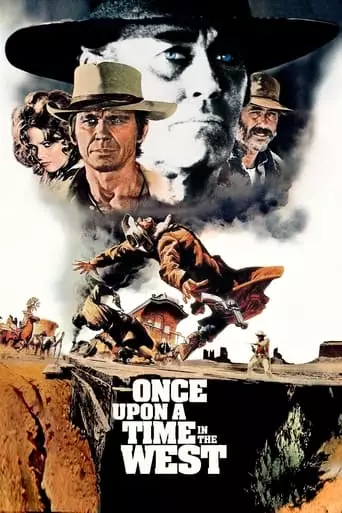
As the railroad builders advance unstoppably through the Arizona desert on their way to the sea, Jill arrives in the small town of Flagstone with the intention of starting a […]
Sergio Leone: The Maestro of Spaghetti Westerns and Cinematic Innovation
Sergio Leone, the legendary Italian filmmaker, is best known as the pioneer of the Spaghetti Western genre, a style of Western filmmaking that redefined the genre with its gritty realism, operatic storytelling, and iconic visuals. Leone’s films, including The Good, the Bad and the Ugly (1966) and Once Upon a Time in the West (1968), have become timeless masterpieces, influencing generations of filmmakers and cementing his legacy as one of cinema’s greatest directors.
Leone’s unique blend of epic storytelling, striking imagery, and unforgettable music transformed the Western into a grand cinematic experience.
Early Life and Beginnings
Sergio Leone was born on January 3, 1929, in Rome, Italy, into a family steeped in the film industry. His father, Vincenzo Leone, was a silent film director, and his mother, Edvige Valcarenghi, was an actress. Growing up in this creative environment, Leone developed a passion for cinema early on.
Leone began his career in the Italian film industry as an assistant director, working on major productions like Ben-Hur (1959). This experience gave him valuable insight into large-scale filmmaking and storytelling, which would later define his own work.
The Birth of the Spaghetti Western
In the early 1960s, Leone turned his attention to the Western genre, a staple of American cinema. Dissatisfied with the polished, heroic portrayals typical of Hollywood Westerns, Leone sought to create grittier, morally ambiguous stories that reflected the harsh realities of the Old West.
A Fistful of Dollars (1964)
Leone’s breakthrough came with A Fistful of Dollars, a low-budget Western inspired by Akira Kurosawa’s Yojimbo (1961). Starring a then-unknown Clint Eastwood as the enigmatic “Man with No Name,” the film introduced Leone’s signature style: extreme close-ups, long silences, and bursts of intense violence.
The film’s stark realism, combined with Ennio Morricone’s haunting score, captivated audiences and became a massive hit, launching the Spaghetti Western genre.
The Dollars Trilogy
Leone followed up with two more films starring Clint Eastwood, completing what became known as the Dollars Trilogy:
For a Few Dollars More (1965): This sequel expanded on the themes and style of its predecessor, featuring Lee Van Cleef as a rival bounty hunter.
The Good, the Bad and the Ugly (1966): The final installment is widely regarded as Leone’s masterpiece. Set against the backdrop of the American Civil War, the film weaves a sprawling tale of greed, betrayal, and survival. Its climactic three-way standoff, accompanied by Morricone’s iconic score, is one of the most celebrated sequences in film history.
The trilogy’s success catapulted Leone to international fame and solidified Clint Eastwood as a Hollywood star.
Mastering the Epic: Once Upon a Time in the West
In 1968, Leone directed Once Upon a Time in the West, a sweeping epic that marked a departure from the Dollars Trilogy. Starring Henry Fonda, Charles Bronson, and Claudia Cardinale, the film is a meditation on the mythos of the American West and the end of an era.
Leone subverted expectations by casting Fonda, known for his heroic roles, as a ruthless villain. The film’s operatic tone, meticulous pacing, and Morricone’s unforgettable score elevated it to the status of a cinematic masterpiece.
Although initially met with mixed reviews, Once Upon a Time in the West has since been recognized as one of the greatest Westerns ever made.
Beyond the Western: Once Upon a Time in America
After completing Duck, You Sucker! (1971), a Western with political undertones, Leone stepped away from directing for over a decade. During this time, he developed his passion project: Once Upon a Time in America (1984), a sprawling crime saga about Jewish gangsters in New York.
Starring Robert De Niro and James Woods, the film explores themes of friendship, betrayal, and the passage of time. Leone’s non-linear storytelling, lush cinematography, and melancholic tone made it a unique entry in the gangster genre.
While the film was heavily edited for its initial U.S. release, the restored version has been hailed as a masterpiece, showcasing Leone’s ability to craft deeply emotional and visually stunning narratives outside the Western genre.
Style and Legacy
Sergio Leone’s films are defined by their bold visual style, complex characters, and innovative storytelling techniques:
Visual Storytelling: Leone’s use of extreme close-ups, wide shots, and deliberate pacing created a unique cinematic language. His ability to convey emotion through silence and imagery remains unparalleled.
Music as a Character: Ennio Morricone’s scores were integral to Leone’s films, often composed before filming began. The music and visuals worked in perfect harmony, creating unforgettable moments of tension and beauty.
Anti-Heroes and Moral Ambiguity: Leone’s characters were often morally complex, reflecting a more nuanced view of human nature.
Leone’s influence can be seen in the works of directors like Quentin Tarantino, Martin Scorsese, and Christopher Nolan, who have cited him as a major inspiration.
Death and Enduring Impact
Sergio Leone passed away on April 30, 1989, at the age of 60, leaving behind a legacy of groundbreaking films that redefined genres and pushed the boundaries of cinematic storytelling.
Today, Leone’s work continues to inspire filmmakers and captivate audiences worldwide. His films are not only a testament to his artistic vision but also a celebration of cinema’s power to transport, challenge, and move us.
In the annals of film history, Sergio Leone stands as a true maestro, a director whose work transcends time and genre, forever etching his name among the greats of cinema.